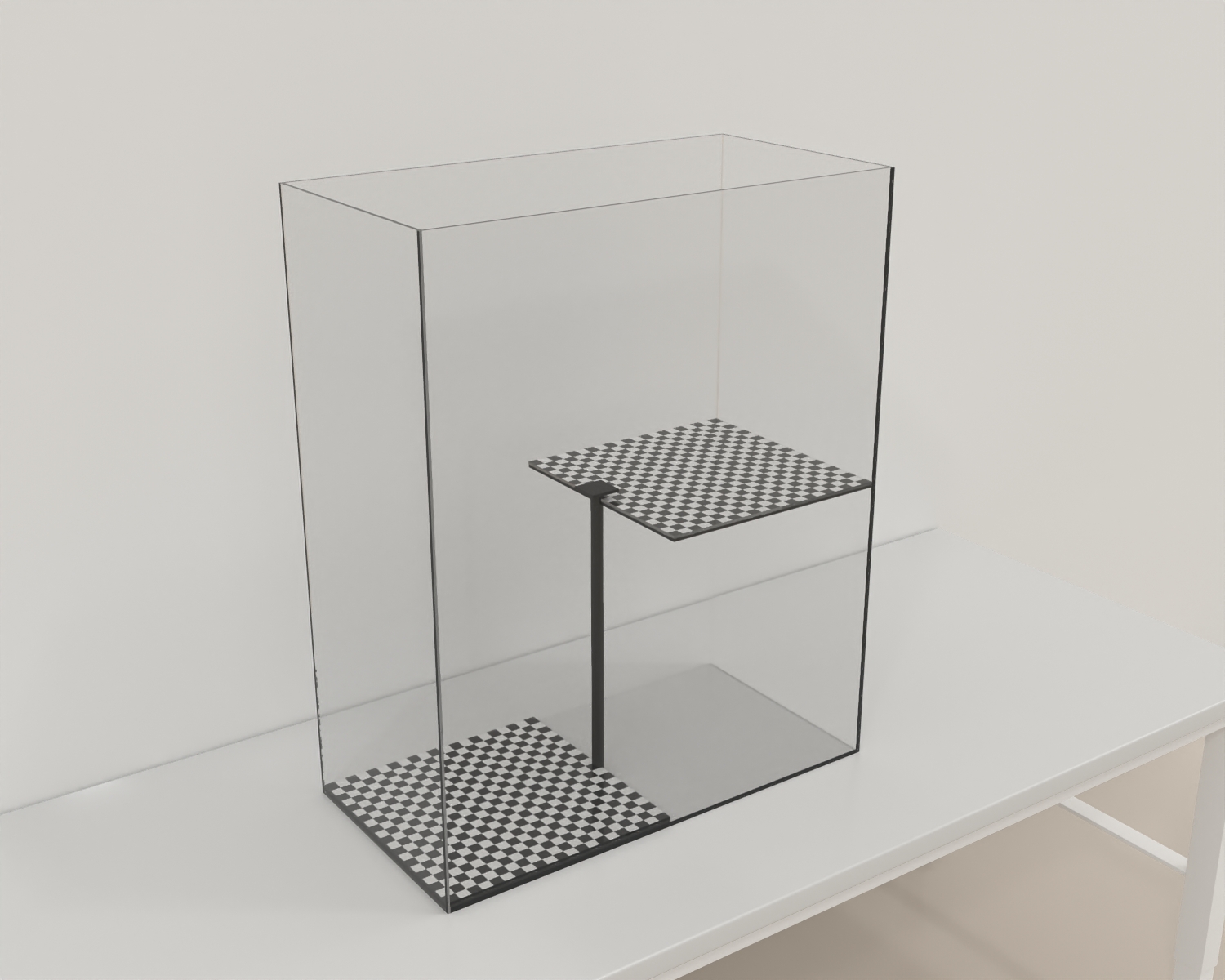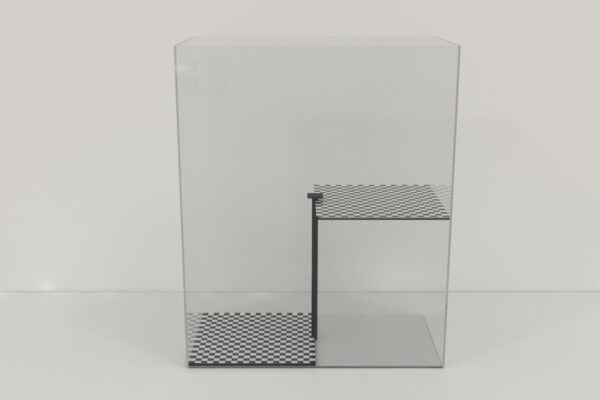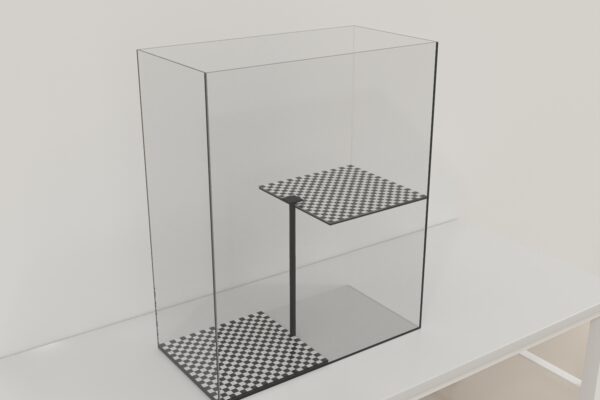The Height Test closely resembles the Visual Cliff test. It is used to observe rodent’s behavior when subjected to aversive, anxiogenic and novel situations using height as a determinant.
The apparatus is a rectangular acrylic box containing a startle platform placed on a mast with two other platforms arranged at a specific height from each other creating a stress-inducing environment for the subject.
Presence of high platforms in the apparatus induce fear and stress in the subject resulting in endocrinological, physiological and behavioral changes.
Mazeengineers offer the Height Test.




